With new City resiliency committee, Carlucci aims to mitigate flooding
Posted on February 1, 2020 By Editor Articles, Brooklyn, Downtown, Springfield, Neighborhood News, Riverside, Avondale, Ortega, Murray Hill, San Jose, San Marco, St. Nicholas, Top Stories
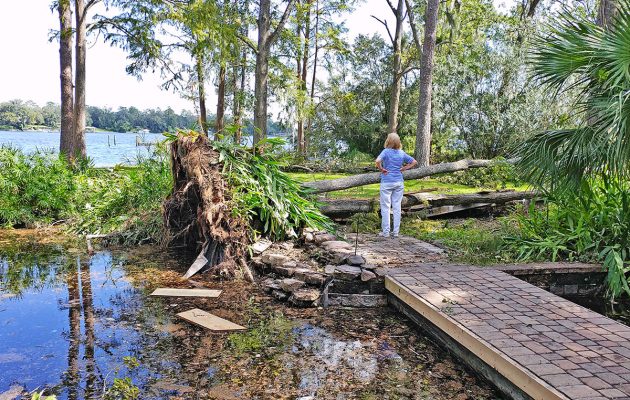
It’s no secret Jacksonville is a city that is dangerously flood prone. In many areas of the historic districts, summer showers cause nuisance flooding. Even a weak hurricane can cause potentially catastrophic damage.
In 2013, a Duval County report showed a 20-foot storm surge along the St. Johns River could be caused by a Category 3 hurricane. Even a Category 1 tempest could force six feet of water into downtown. Yet, in 2015, more than half of all active projects aimed to help Duval County survive such storms were unfunded, according to information obtained by The Resident.
At-Large Group 4 Councilman Matt Carlucci wants to change all that.
In November, City Council President Scott Wilson named Carlucci chair of the Council’s a Special Committee on Resilience to address the city’s ability to swiftly recover after being struck by severe weather and flooding. Joining Carlucci on the committee will be Council members Michael Boylan, Aaron Bowman, Randy DeFoor, Garrett Dennis, Joyce Morgan and Wilson. Advising the committee will be City officials, members of the nonprofit and business communities, all of which will be asked to help to develop a resiliency strategy for the county.
“If we get hit by a Category 3 hurricane, the people of Jacksonville are going to be stunned,” said Carlucci. “We need to be ready to handle that.”
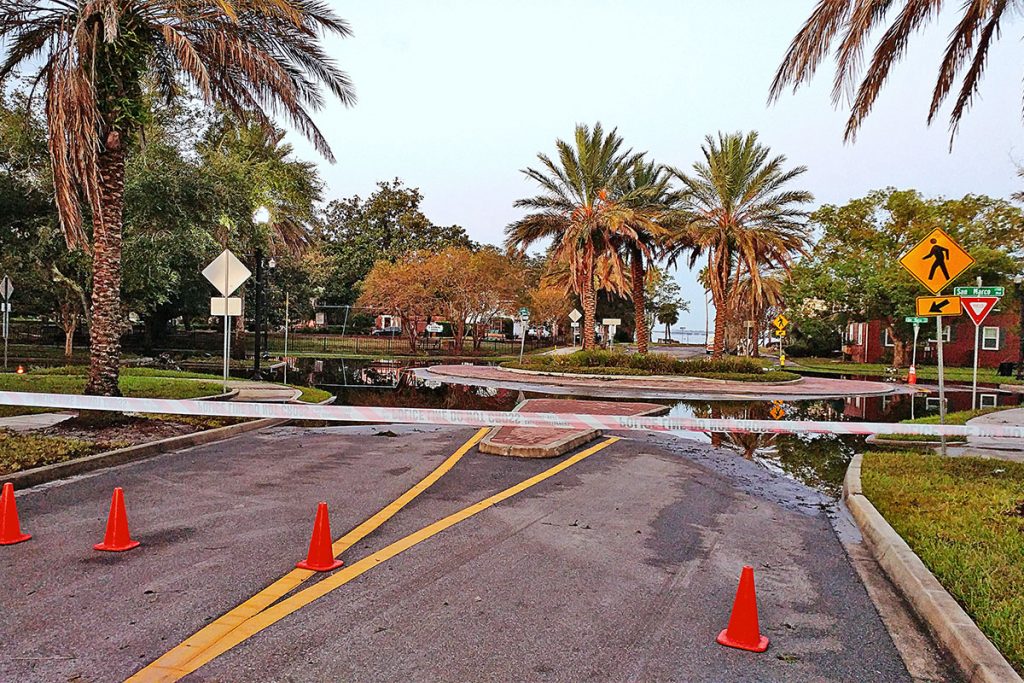
The committee held its first of seven monthly meetings Jan. 27. The theme of the meeting was “Setting the Scene of Climate Change and Sea-level Rise,” and Glenn Landers of the Army Corps of Engineers and Whitney Gray of the Florida Department of Environmental Protection were guest speakers.
The second meeting to be held in February will discuss, “City Efforts to Date,” with speakers Bill Killingsworth, City director of Planning and Development and John Pappas, director of Public Works. That meeting is tentatively scheduled for Friday, Feb. 27 at 2 p.m. in the Lynwood Roberts Room at City Hall, 117 W. Duval St.
The March meeting, with date and time to be announced, will feature speakers Dr. Adam Rosenblatt from the University of North Florida, Dr. A. Quinton White, of Jacksonville University, and a presentation by the St. Johns Riverkeeper. The topic will be, “Problems and Solutions.”
In April, Florida’s Chief Resilience Officer, Dr. Julia Nesheiwat, will be featured and in May a community discussion will be facilitated by Steve Halverson, president and CEO of Haskell Company.
The committee will discuss and try to find a “consensus on initial priority actions and assignments for implementation” in June, and July’s meeting will involve releasing a report and discussing ways to introduce the first round of legislation it wishes to have implemented.
The committee has been established on the heels of two previous city resiliency study groups: The Adaption, Action Area (Triple A) Workgroup, which was headed by Emily Pierce of Rogers Towers P.A., and the Storm Resiliency and Infrastructure Development Review Committee, an ad hoc advisory group established by Mayor Lenny Curry and former City Council President Aaron Bowman and led by Curry’s former Chief Administrative Officer Sam Mousa and former District 5 Councilwoman Lori Boyer. Mousa and Boyer’s committee developed Ordinance 2019-331, which amended Chapter 652 of the City’s Floodplain Management Ordinance with new infrastructure rules that apply to all of Duval County. The current special committee may also consider the valuable work done by the Northeast Florida Regional Council on resiliency and sea-level rise.
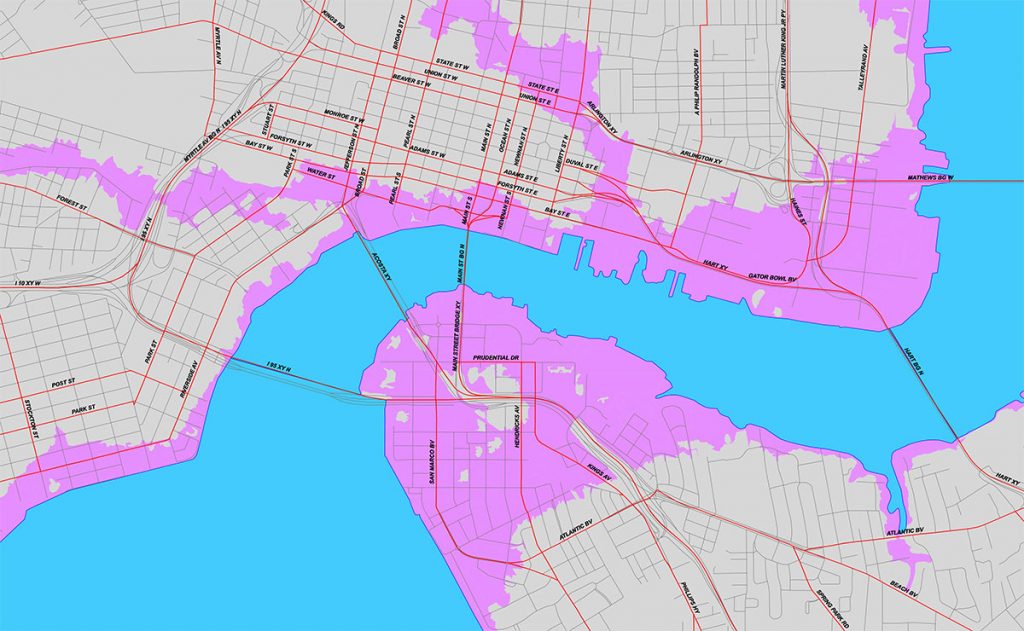
“What I’m trying to do is pick up where these two committees left off and bring together all these other organizations, individuals and consultants on the environment. I want to incorporate a lot of the ideas out of the two studies and be a conduit for those recommendations into the City Council to make council policy so that when rezoning comes up, some of our policies may direct that rezoning,” Carlucci said.
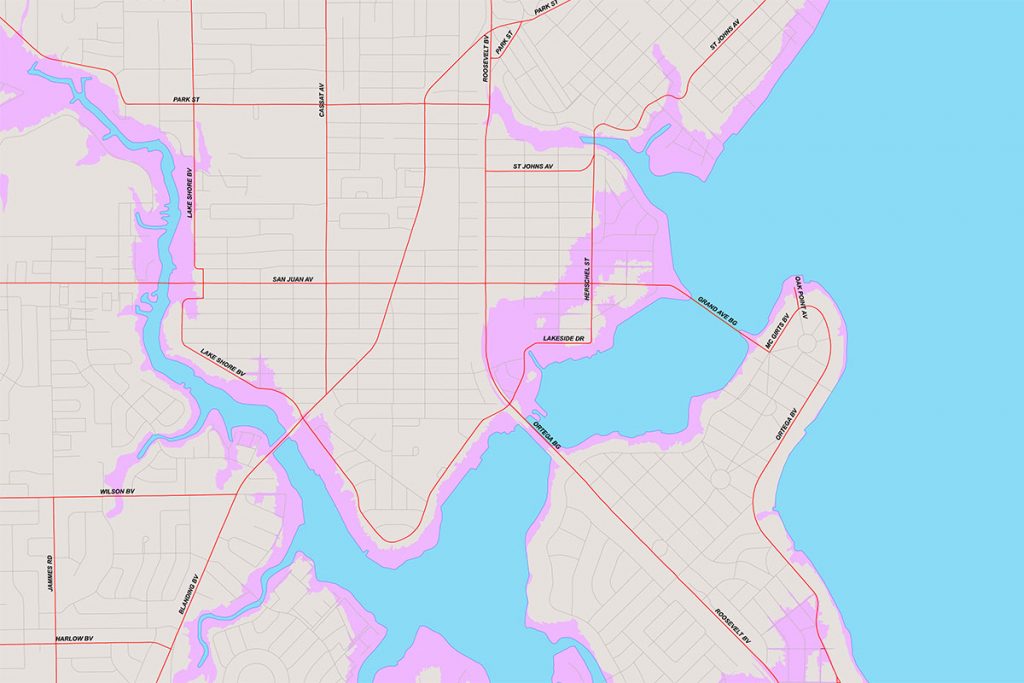
“I want builders’ groups to be involved because I don’t want our committee to introduce any legislation that may hinder development or have unintended consequences on the building community,” he continued. “The building community can be part of the solution. We are all going to have to give and take here, and the only way to play give and take is to have everybody at the table.
“With resiliency, we’re going to need some short-term solutions and some long-term solutions. Perhaps one of the most critical issues of our time is to begin trying to leave our city more livable for future generations,” he said.
An insurance agent who has handled more than 1,000 flood claims in his career, Carlucci wants to explore having the City hire a resiliency officer with staffing to help drive the process. He also wants to set up a city relief fund to help people with flood damage who are living in the poverty range and may not have flood or home insurance or can’t meet their deductible. “The state of Florida and the City of St. Augustine have resilience officers. We need one,” he said. “The relief fund is important because FEMA doesn’t cut you a check overnight.”
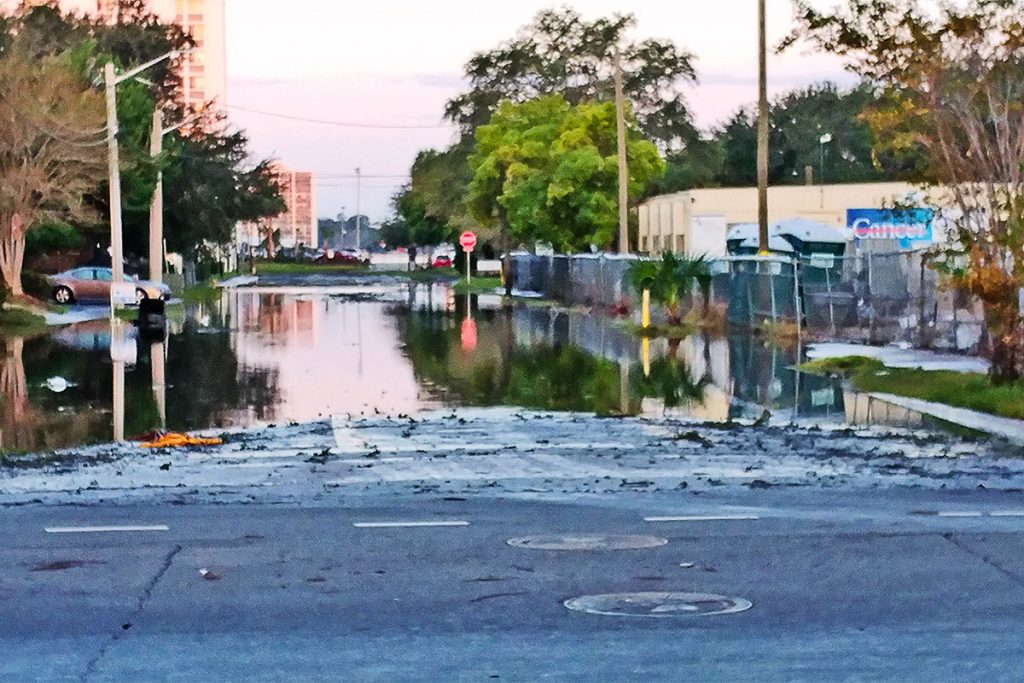
Other ideas the committee may discuss are encouraging practical individual resilience measures such as having homeowners in flood-prone areas put outside air-conditioning units and water heaters on stainless steel pedestals, planting more trees, and dredging back to their original depth St. Johns River tributaries such as Craig Creek, Christopher Creek, McCoy’s Creek and the Ribault River among others.
“If Craig Creek is dredged back to its original depth it might hold more water back to keep from going into people’s homes. We need to think a little differently about this. If you dredge out Craig Creek, that’s not just going to help people on the creek but also other people as well. We are going to have to look for grant money from the federal government and the state government, anywhere we can find the additional dollars needed to strategically – and I’m not sure which tributaries will need it – dredge them back to their original depth,” he said.
Recognizing that some homeowners, such as those in the Millers Creek Special Tax District, have paid thousands of dollars individually to have the creeks near their homes dredged, Carlucci said the city may in the future have to step in and dredge waterways for public safety and the public good.
“Some people will say, ‘How come we had to pay for ours and now you are doing it for free?’ Well, because there was a day when you were dredging, and it was only to better your quality of life. Now these creeks may need to be part of a city-wide policy to mitigate flooding throughout the whole county. It’s just different,” he said, adding that dredging helps increase property values and make creeks more navigable. “I’m not saying that having people help with the cost is not part of the solution. I just don’t know. I just think if dredging some of these rivers is an important part in making our city more resilient, then as a county-wide public policy, it may lend itself to the public, as a whole, paying for it.”
By Marcia Hodgson
Resident Community News




 (No Ratings Yet)
(No Ratings Yet)Glenn Landers, Matt Carlucci, Scott Wilson, Special Committee on Resilience, St Johns River, Whitney Gray





